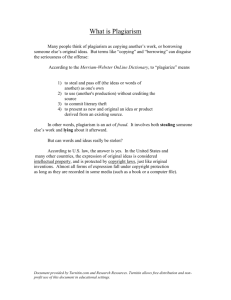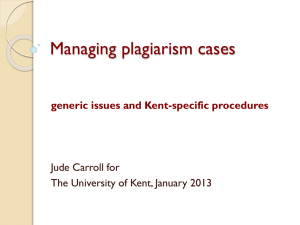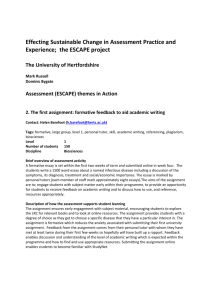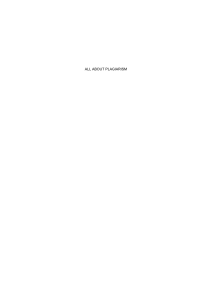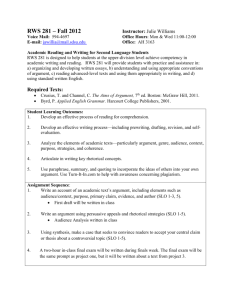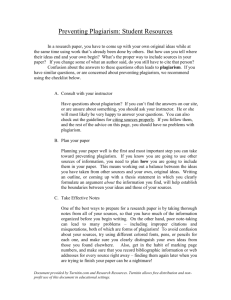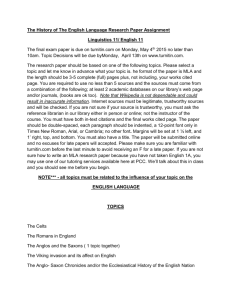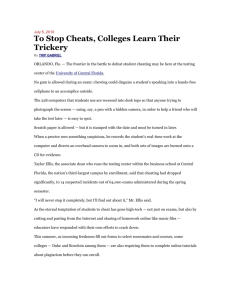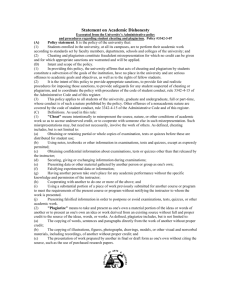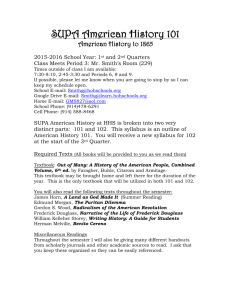Weaving a wrecked web
advertisement
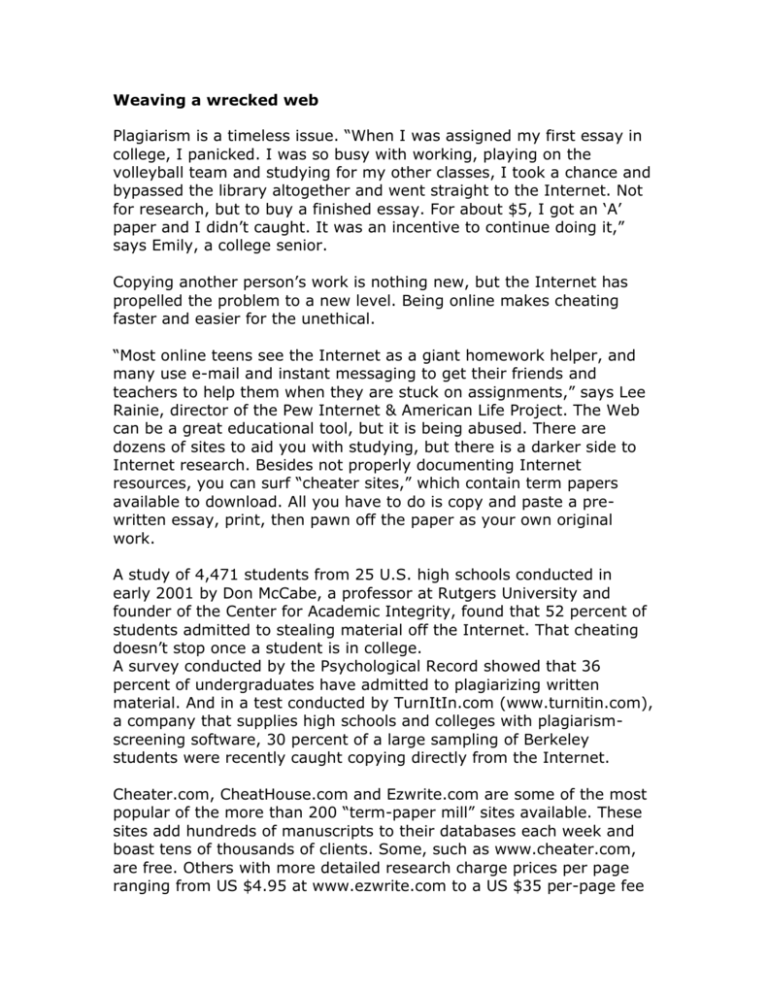
Weaving a wrecked web Plagiarism is a timeless issue. “When I was assigned my first essay in college, I panicked. I was so busy with working, playing on the volleyball team and studying for my other classes, I took a chance and bypassed the library altogether and went straight to the Internet. Not for research, but to buy a finished essay. For about $5, I got an ‘A’ paper and I didn’t caught. It was an incentive to continue doing it,” says Emily, a college senior. Copying another person’s work is nothing new, but the Internet has propelled the problem to a new level. Being online makes cheating faster and easier for the unethical. “Most online teens see the Internet as a giant homework helper, and many use e-mail and instant messaging to get their friends and teachers to help them when they are stuck on assignments,” says Lee Rainie, director of the Pew Internet & American Life Project. The Web can be a great educational tool, but it is being abused. There are dozens of sites to aid you with studying, but there is a darker side to Internet research. Besides not properly documenting Internet resources, you can surf “cheater sites,” which contain term papers available to download. All you have to do is copy and paste a prewritten essay, print, then pawn off the paper as your own original work. A study of 4,471 students from 25 U.S. high schools conducted in early 2001 by Don McCabe, a professor at Rutgers University and founder of the Center for Academic Integrity, found that 52 percent of students admitted to stealing material off the Internet. That cheating doesn’t stop once a student is in college. A survey conducted by the Psychological Record showed that 36 percent of undergraduates have admitted to plagiarizing written material. And in a test conducted by TurnItIn.com (www.turnitin.com), a company that supplies high schools and colleges with plagiarismscreening software, 30 percent of a large sampling of Berkeley students were recently caught copying directly from the Internet. Cheater.com, CheatHouse.com and Ezwrite.com are some of the most popular of the more than 200 “term-paper mill” sites available. These sites add hundreds of manuscripts to their databases each week and boast tens of thousands of clients. Some, such as www.cheater.com, are free. Others with more detailed research charge prices per page ranging from US $4.95 at www.ezwrite.com to a US $35 per-page fee at www.a1-termpaper.com. But everyone knows that winners never cheat and cheaters never win, right? Perhaps not. Some teachers feel it is impossible for them to track down an essay that has been plagiarized from the Net. And most students know it. Many have resigned to the belief that cheating is a normal part of learning. According to a U.S. News & World Report poll, 90 percent believe that cheaters are either never caught or have never been appropriately disciplined. But while some teachers may not bother to investigate a suspicious paper, there are companies like TurnItIn.com that are giving teachers the tools to unearth those copy-and-paste assignments with their own Web sites and anti-plagiarism software. TurnItIn.com’s software scans a paper, compares it to essays in its database and then flags instances of copying. The University of British Columbia is one of several post-secondary institutions that has subscribed to the company’s software in response to growing concerns of faculty and students about the ease with which students can get essays on the Internet. Neil Guppy, associate vice president of academic programs at the university, sees TurnItIn.com’s service as a tool to reinforce academic integrity in the university. But he realizes it is not the only method to deter would-be cheaters. “There must be more to our approach to dealing with the issue of plagiarism than merely using technology to detect, catch and punish,” says Guppy. “We also need to work with faculty and students to sensitize them to what plagiarism is and find ways of reducing it.” Guppy advocates a university-wide approach to providing students with the tools to become better writers and researchers. This includes the enforcement of acceptable standards for citing sources and designing other forms of assessment to minimize the temptation to plagiarize. Punishments range from a mark of zero on the assignment to expulsion. What can you do to prevent falling to the temptation of becoming an online cheat? Understand the meaning of plagiarism. Plagiarism means using ideas or works that aren’t yours and passing them off as your work. Don’t put so much pressure on yourself that you feel you have to cheat to satisfy parental demands or expectations. Give yourself time to do work so that time isn’t an issue. Know how to reference your sources. Joan Brockman, coordinator of the university board on student discipline at Simon Fraser University in British Columbia, says she regularly runs into third and fourth-year students who either don’t know how to reference material or ignore what they have been told. ALWAYS reference your sources. Knowing when and how to properly document your assignment sounds basic, but it is something that many students who are caught cheating claim they do not know how to do. Internet sources have to be documented the same as print sources are. http://www.collegeanduniversity.net/collegeinfo/index.cfm?catid=25&pageid=2388&affi d=5

